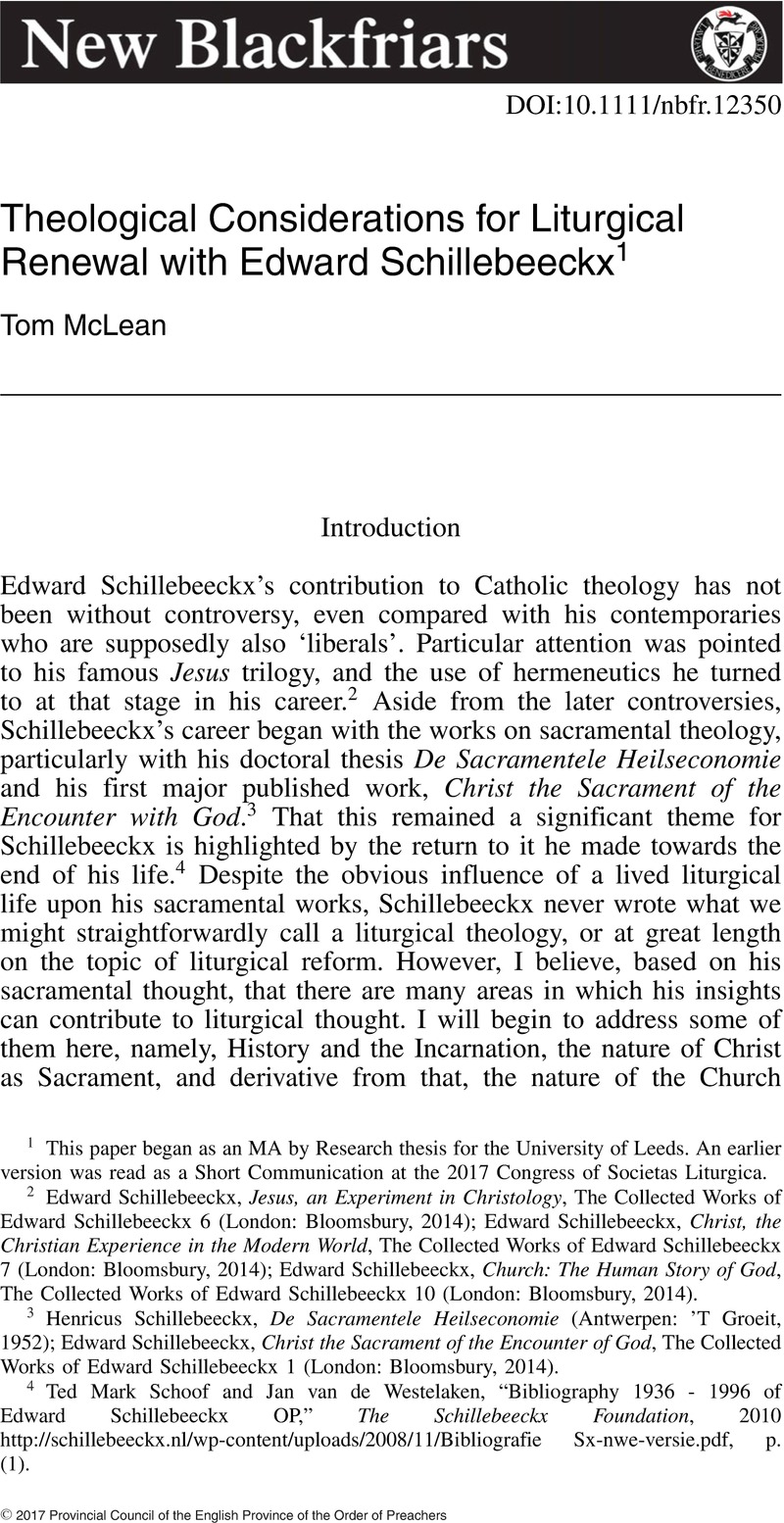Taft, Robert F. “
The Structural Analysis of Liturgical Units: An Essay in Methodology.” In
Beyond East and West: Problems in Liturgical Understanding. (2nd rev. and enlarged ed edition; Ed.
Orientalia Christiana:
Roma,
1997). pp.
187–
202.
Google Scholar 